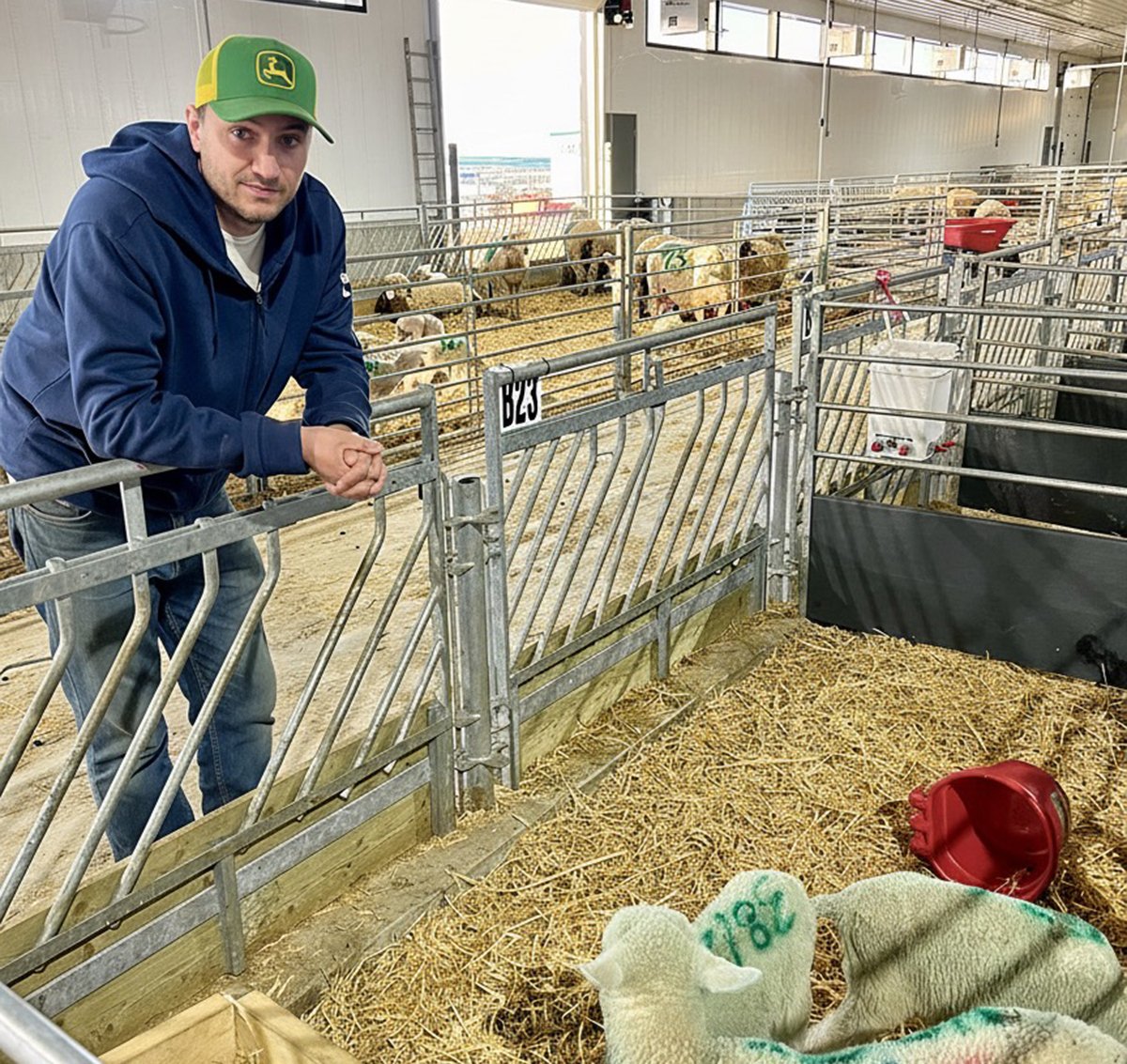A basic understanding of how an animal’s immune system functions is important when determining when and how to use vaccines.
The development of the immune system in cattle progresses gradually, beginning at conception and reaching maturity with a completely functional immune system at about six months of age.
Immunology is a complex science and this article will touch only on the basics of the immune system. However, it is important to understand a few basic definitions to appreciate the development of immunity.
An antigen stimulates the immune system to produce antibodies when introduced into animal tissue. They can be bacteria, viruses, toxins or parasites and all can potentially induce an immune response in healthy animals.
Read Also

Solar, sheep provide valuable farm diversification
Eric Steeves says raising sheep on forages grown under solar panels provided economic stability and perhaps even saved his family’s fifth generation southern Alberta grain farm.
Vaccines typically comprise a modified antigen that stimulates the immune system without causing disease.
Antibodies are blood proteins that are produced when an antigen is
introduced. White blood cells produce them in the blood and at some body surfaces. They are produced in response to particular antigens and bind with the antigens to destroy foreign invaders.
Cell-mediated immunity is another part of the immune system, in which a wide variety of cells are stimulated and activated.
It is extremely complex and is beyond the scope of this discussion, but it is an important component of the immune system alongside the antibody response.
Two forms of antibody responses are recognized: active and passive immunity.
Active immunity is when a calf actively produces its own antibodies as a result of exposure to an antigen.
This antigen exposure may be in the form of a vaccine or it may be caused by a natural infection.
Active immunity takes time to develop, and there is a lag period between when an antigen is introduced and antibodies can be detected. Antibodies usually peak two to three weeks after a vaccine is given or an infection occurs.
However, there is a much shorter lag phase and a more rapid response in the production of antibodies if the same antigen is reintroduced once a primary antibody response has occurred.
The immune system has a memory and will produce antibodies much faster if it has been previously exposed to the same antigen. This is known as the memory response.
Active immunity takes longer to develop but it is long lasting.
Passive immunity occurs when antibodies are transferred from one animal to another.
The newborn calf is born without circulating antibodies. Passive immunity is transferred from the dam to the calf when the calf drinks colostrum.
Calves’ ability to absorb these antibodies deteriorates rapidly, with a significant decrease in absorption occurring as early as six hours after birth.
The immune system is complete at birth, but many of the system’s components are not completely functional until calves are at least two to four weeks old.
For many years, veterinarians believed that young calves with passively acquired antibodies could not be effectively vaccinated. They assumed the passively acquired maternal immunity would interfere with the normal antibody response and that vaccines could not be given effectively.
Recent research has shown that young calves vaccinated in the face of maternal immunity will show evidence of cell mediated immunity and will display a memory response of antibodies for protection when exposed to the same antigen later in life.
John Campbell is head of Large Animal Clinical Sciences at the University of Saskatchewan’s Western College of Veterinary Medicine.














